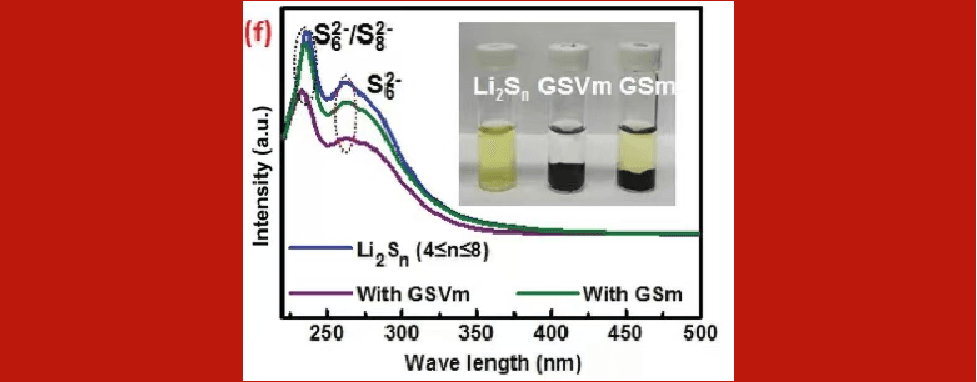info@universallab.org
WhatsApp: +41762172997


Price may vary based on selected options
Delivery time: 1 ~ 2 weeks

Ultraviolet-visible-near-infrared spectroscopy refers to the technique in which molecules or groups within a substance absorb incident ultraviolet or visible light energy, producing characteristic band spectra. It is a method for studying the relative intensity of light absorption by molecular species. This technique can be used to characterize the transitions of valence electrons in compounds, thereby helping to determine the structure and properties of the compounds. It can be used for both qualitative analysis (mainly to identify functional groups in molecules) and quantitative analysis, and is applicable to both inorganic and organic compounds.
When a molecule absorbs ultraviolet light of a certain wavelength, the valence electrons in the molecule transition from a lower energy level to a higher energy level, resulting in an absorption spectrum known as the ultraviolet absorption spectrum.


Ultraviolet-visible spectroscopy (UV-Vis spectroscopy) utilizes the selective absorption, transmission, or reflection of light by substances to determine, analyze, and infer the composition, content, and structure of materials.

Qualitative analysis

semi-quantitative analysis
UV-Vis absorption spectroscopy is an efficient, sensitive, and widely used analytical method suitable for both qualitative and quantitative analysis in various fields. It is easy to operate and cost-effective, but has limitations in analyzing complex samples and in structural elucidation. It is often used as a routine screening and preliminary analysis tool, and should be combined with other methods for comprehensive analysis when necessary.




UV-Vis-NIR spectrometers are mainly used for qualitative and quantitative analysis in various fields such as organic compound structure confirmation, pharmaceutical analysis, polymer materials, and nanophotonic materials. They can be used for absorption, transmission, and scattering measurements. Equipped with a 150 mm integrating sphere and URA accessories, these instruments can test the spectral information of various samples including powders, solids, films, and optical glass. They are suitable for measuring the optical properties of materials, such as absorption, transmission, specular scattering, and diffuse reflectance.